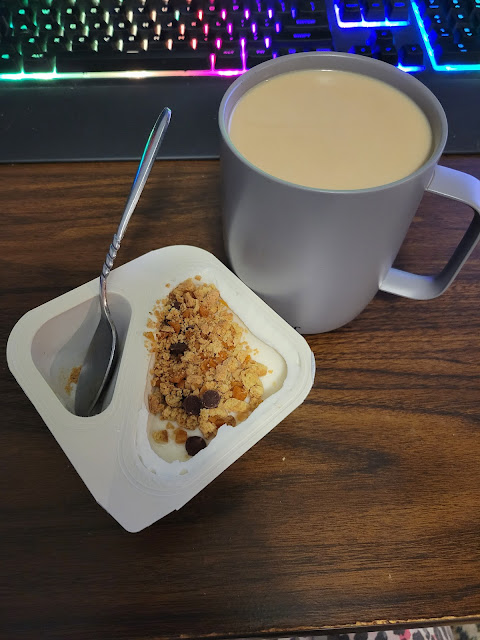FAQ Friday - April 2023

This FAQ Friday is focused on questions about PPE. If you have any hazard communication questions or safety questions about common chemicals, ask in the comments below or send an email to contact@ariadne-hces.com. What is PPE? PPE stands for Personal Protective Equipment. This encompasses a wide variety of items ranging from disposable gloves and earplugs to safety goggles and flame-resistant clothing. PPE is designed to protect the wearer from injury or illness caused by hazardous materials or situations. What PPE do I need for Handling Hazardous Chemicals? The type of PPE needed will vary by the type and severity of the hazards associated with a given hazardous chemical. The Safety Data Sheet (PPE) for a chemical will include PPE recommendations. Common types of PPE needed for hazardous chemical handling include: Gloves Long-Sleeves Safety Goggles Respirators The AHCES Safety Guide Series contains PPE recommendations for a variety of common hazardous chemicals. What are the ben




